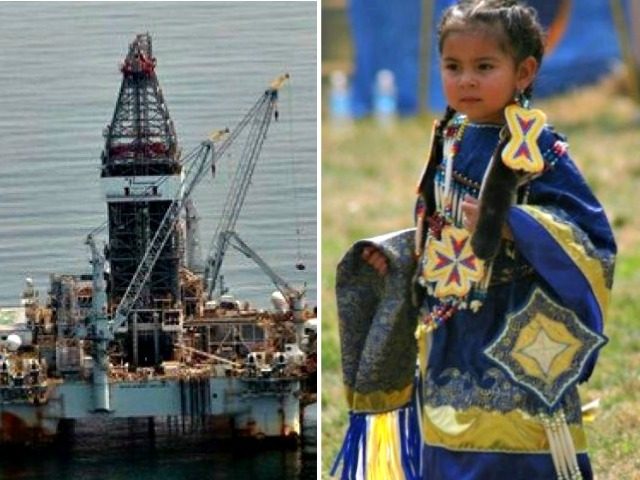Secretary of the Interior Ryan Zinke announced last week that the $32.6 million that will fund the preservation of sites with historic and cultural significance in all 50 states, the District of Columbia, and for more than 160 tribes is being paid for in part by offshore drilling.
“Fees collected from drilling on the Outer Continental Shelf help fund important conservation tools like these grants,” Secretary Zinke said in a press release announcing the awards. “The Department of the Interior and the National Park Service are committed to preserving U.S. and tribal history and heritage.”
“Through valuable partnerships we are able to assist communities and tribes in ensuring the diverse historic places, culture and traditions that make our country unique are protected for future generations,” Zinke said.
Grants totaling $26.9 million are being awarded to all 50 states, the District of Columbia, the U.S. territories, and partnering nations. Grants totaling $5.7 million are being awarded to more than 160 tribes “for cultural and heritage preservation projects on their tribal lands.”
The grants are part of the annual appropriations for the Historic Preservation Fund (HPF), which has provided some $1.2 billion to preserve America’s heritage since its inception in 1977.
But these appropriations are not coming from taxpayers’ pockets. The press release said:
Funding is supported by Outer Continental Shelf oil lease revenues, not tax dollars, with intent to mitigate the loss of a non-renewable resource to benefit the preservation of other irreplaceable resources. The HPF is also an essential funding stream for tribes to preserve their unique cultural and heritage resources through a broad range of activities, including identifying places of cultural significance for planning and protection purposes, public education and training, and leading tribal preservation initiatives.
Some examples of the work done with the grant funding include:
•Students from Keweenaw Bay Ojibwa Community College in Michigan will assist conducting oral interviews with elders on tribal traditions and everyday life in a project that also includes an outreach and education exhibit
•A statewide study on Japanese-American settlement coordinated by the Nebraska State Historical Society
•Wisconsin conducted underwater survey evaluations of shipwrecks in Lake Michigan, preparing site plans, and National Register of Historic Places nominations for the S.C. Baldwin and three newly discovered vessels
•Washington’s State Department of Archaeology & Historic Preservation’s consultation with the U.S. Department of Energy and Native American Tribes on culturally-sensitive Columbia River shoreline with known tribal archaeological resources, historic properties illustrative of post-contact settlement, and Manhattan Project era resources
•In Texas, a youth summit held in conjunction with the San Antonio Missions National Historical Park and a series of workshops on historic metal truss bridges in cooperation with the Texas Historical Commission and the Texas Department of Transportation

COMMENTS
Please let us know if you're having issues with commenting.